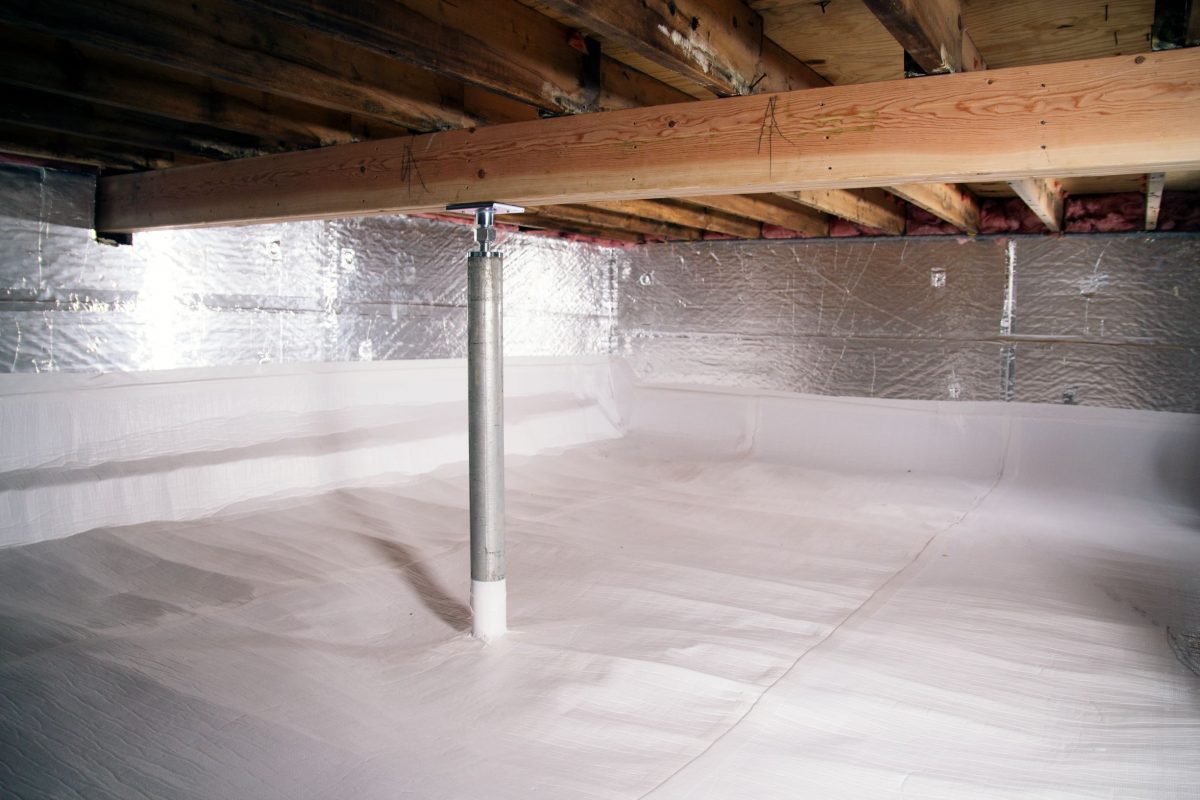In a house, a moist flooring structure is a severe problem. Insects like termites find damp boards enticing as a habitat.
As we all know, termites prefer softer wooden surfaces since they are quicker for them to gnaw. Moreover, larger bugs hunting for nesting materials may find the crawl space itself appealing. None of these objects belong in or around your house!
In addition, these factors influence how rapidly wood rots. Your flooring will droop when the timber joists and beams deteriorate. Repairing or replacing broken boards is the only option to remedy sinking floors.
Crawl Space Insulation Is Critical
Crawl spaces are dark and wet areas that many homeowners overlook. Since they are under the floor surface, crawl spaces contain numerous undesired materials that might become dangerous if adequate upkeep and care are not provided.
A well-conditioned, professionally sealed underground room will improve your home’s comfort while saving you money on energy expenses. It will also help protect the base of your home and limit the chance of dampness and other possible irritants infiltrating your house.

With improved crawl space insulation, you won’t have to fret about inhaling dangerous spores and contaminants. Insulation can help protect your home’s floors and piping, keeping harmful air away from your lungs.
Aside from your attic, your crawl area is the second biggest chance to conserve energy in your house. Therefore, it must be sufficiently insulated.
Finally, practical air barriers and insulation in the crawl area will provide a nearly airtight seal against hazardous microorganisms and troublesome rodents invading your house. This will allow you to save money on costly extermination treatments.
For this, we first install the seamless plastic barrier over the underlying ground and seal it around all transmission lines and footers to prevent any water, vapor, or fumes from entering the home from beneath. If your home has a moldy or earthy odor, this barrier will eliminate it.
Then, at the point of entry from the outer walls, we will prevent the chilly air. To do this, we would add insulation to the basement walls. We can also insulate from the timber rim joists just above walls down to the plastic barrier if we do it right.
